Review of Research Progress on the Electrical Properties and Modification of Mineral Insulating Oils Used in Power Transformers
Abstract
1. Introduction
1.1. Characteristics of Naphthenic-Based Mineral Insulating Oil
1.1.1. Suitable Solubility
1.1.2. Good Low-Temperature Properties
1.1.3. Favorable Heat Dissipation
1.2. Characteristics of Paraffinic-Based Transformer Oil
1.2.1. Suitable Density
1.2.2. Favorable Electrical Properties
1.2.3. High Antioxidation Stability
2. Properties of Mineral Insulating Oil
2.1. Breakdown Voltage of Mineral Insulating Oil
2.2. Dielectric Constant of Mineral Insulating Oil
2.3. Electrical Conductivity of Mineral Insulating Oil
3. Modification of Mineral Insulating Oil
3.1. Modification with Nanoparticles
3.1.1. Effect of Nanoparticles on the Breakdown Voltage of Mineral Insulating Oil
3.1.2. Effect of Nanoparticles on the Dielectric Properties of Mineral Insulating Oil
3.1.3. Effect of Nanoparticles on the Thermal Stability of Mineral Insulating Oil
3.2. Modification of Non-Nanoparticles
4. Application of Computer Simulation Technology
4.1. Molecular Simulation of Water and Acid in Oil Paper Insulation System
4.2. Molecular Simulation of Thermal Cracking
4.3. Molecular Simulation of Small Molecular Diffusion
4.4. Molecular Simulation of Nanoparticle Modification
5. Conclusions and Prospects
- (1)
- With the rise of the operating voltage of power grids, the requirements for the insulation, mechanical, and heat resistance properties of transformers are also gradually increasing. Therefore, it has become important to develop mineral oils with better performance.
- (2)
- Because mineral insulating oil is a non-renewable resource, it will face shortage and exhaustion issues. At the same time, in the face of growing environmental problems, the use of mineral insulating oil will be further restricted because of its poor biodegradability and environmental risk. Recent studies have shown that vegetable oils are completely biodegradable and pollution-free [125,126]. Treated plant insulating oil, such as sunflower oil, olive oil, and rapeseed oil, has the advantages of high flash point and large dielectric permittivity, so it is a good substitute for mineral insulating oil [127,128,129]. However, most vegetable oils possess high viscosity, pour point, and acid content after aging compared with those of mineral oil. Thus, electrical and mechanical equipment will be affected to a certain extent during long-term operation in vegetable oil at high temperature and high pressure [130,131,132].
- (3)
- The micromechanics of the discharge process of nanomodified mineral insulating oil is worth studying. For example, the creeping process along the surface of paperboard immersed in mineral insulating oil should be analyzed to reveal the effect of nanoparticles on the microstructure of the mineral insulating oil-paper interface and explore the effect of nanoparticles on streamer development at the mineral insulating oil-paper interface.
- (4)
- The macroscopic adaptability of nanomodified mineral insulating oil needs to be investigated further. The addition of different nanoparticles influences the improvement of the thermal conductivity of the mineral insulating oil and its overall heat transfer efficiency. Because the mineral oil is used as an insulating medium for the long-term operation of transformers, its insulating, electrical, anti-aging, moisture, and stability (degree of nanoparticle agglomeration) characteristics are all important factors that influence its performance and application.
- (5)
- The mechanism of nanomodified mineral insulating oil and insulating paper during operation needs to be studied further. The internal insulation of a transformer is mainly a hybrid insulation system consisting of insulating paper and mineral insulating oil. However, there has been no in-depth research on the influence laws and mechanism of nanoparticles on oil-paper hybrid insulation systems. In addition, little research has been reported on the electrical properties and stability of nanomodified oil-paper systems under the conditions of long-term electric/thermal aging and high moisture content. The dielectric constant of oil-paper systems is changed by the addition of nanoparticles, which greatly influences the distribution of electric field in the transformer. However, the mechanism of this effect is currently unclear, so there is a need to focus on the effect of nanoparticles on oil-paper hybrid insulation systems in future research.
- (6)
- Multidisciplinary integration is a current trend to develop basic theory in mineral insulating oil research. At the macroeconomic level, research on mineral insulating oil involves the basic subjects of classical physics, such as classical mechanics, photonics, and electromagnetism, and at the micro level, the research involves molecular chemistry, surface science, quantum mechanics, and the theory of relativity. The macroscopic behavior and microscopic mechanism of mineral insulating oil must be integrated to fully understand its characteristics.
- (7)
- Molecular simulation technology will still play an important role in investigating the aging, cracking, and other microscale behaviors of mineral insulating oil. The properties of mineral insulating oil are affected by the complex internal environment of the transformer. Current molecular simulations still require the transformer to have a specific state, so the operating environment of the transformer cannot be completely simulated. Therefore, molecular simulation technology needs to be further developed to better reflect the real operation environment of mineral insulating oil in combination with multifactorial simulation. With the further development of computer technology, especially advances in high-performance calculation, it should be possible to build bigger and more optimized models. Faster operation has also become a trend in the development of molecular simulation technology.
Acknowledgments
Author Contributions
Conflicts of Interest
References
- Oommen, T.V. Vegetable oils for liquid-filled transformers. IEEE Electr. Insul. Mag. 2002, 18, 6–11. [Google Scholar] [CrossRef]
- Fofana, I. 50 years in the development of insulating liquids. IEEE Electr. Insul. Mag. 2013, 29, 13–25. [Google Scholar] [CrossRef]
- Liu, F.L.; Xu, W. Characteristic Comparison between paraffine-Base and naphthene-Base transformer oils. Transformer 2004, 41, 6–8. [Google Scholar]
- Wang, X.L.; Li, Q.M.; Zhang, Y.; Yang, R.; Gao, S.G. Simulation of reactive molecular dynamics of transformer oil pyrolysis at high temperature and the influence mechanism of acid in oil. High Volt. Eng. 2017, 43, 247–255. [Google Scholar]
- Ma, S.J.; Zhang, L.J.; Yang, J.J. Application of naphthenic base oil to transformer. Transformer 2005, 42, 28–31. [Google Scholar]
- Wang, Y.G. Low temperature flow characteristics of naphthenic-base and paraffinic-base oils in transformers and circuit breakers. North China Electr. Power 1988, 1, 37–46. [Google Scholar]
- Shen, B.W. Discussion on naphthenic base oil. Pet. Prod. Appl. Res. 2007, 25, 46–48. [Google Scholar]
- Chen, Y. Development of transformer oil products and standards at home and abroad. Pet. Prod. Appl. Res. 2009, 26, 16–24. [Google Scholar]
- Zheng, P.Y.; Qin, H.N. Characteristics, processing and application of naphthenic base oil. Mod. Bus. Trade Ind. 2008, 20, 267–269. [Google Scholar]
- Mulhall, V.R. The significance of the density of transformer oi1s. IEEE Trans. Electr. Insul. 1980, 15, 498–499. [Google Scholar] [CrossRef]
- Gunnar, S. Polycyclic aromatic hydrocarbons—Key to the characteristics of transformer oil. Transformer 1996, 7, 6–7. [Google Scholar]
- Chen, W.Y.; Tang, H.J.; Ding, T.T.; Zhou, X.Z. The characteristics of naphthenic crude oil and the analysis of supply and demand of naphthenic base oil market. Pet. Prod. Appl. Res. 2013, 31, 47–51. [Google Scholar]
- Ekonomou, L.; Skafidas, P.D.; Oikonomou, D.S. Transformer oil’s service life identification using neural networks. In Proceedings of the 8th WSEAS International Conference on Electric Power Systems, High Voltages, Electric Machines (POWER’ 08), Venice, Italy, 21–23 November 2008; pp. 222–226. [Google Scholar]
- Dervos, C.T.; Vassiliou, P.; Skafidas, P.; Paraskevas, C. Service life estimation of transformer oil. In Proceedings of the International Conference on Protection and Restoration of the Enviroment VI, Skiathos, Greece, 4–5 July 2002; pp. 1239–1246. [Google Scholar]
- Tokunaga, J.; Koide, H.; Mogami, K.; Hikosaka, T. Gas generation of cellulose insulation in palm fatty acid ester and mineral oil for life prediction marker in nitrogen-sealed transformers. IEEE Trans. Dielectr. Electr. Insul. 2017, 24, 420–427. [Google Scholar] [CrossRef]
- Li, S.B.; Gao, G.Q.; Hu, G.C.; Gao, B.; Gao, T.S.; Wei, W.F.; Wu, G.N. Aging feature extraction of oil-impregnated insulating paper using image texture analysis. IEEE Trans. Dielectr. Electr. Insul. 2017, 24, 1636–1645. [Google Scholar] [CrossRef]
- Mahanta, D.K.; Laskar, S. Electrical insulating liquid: A review. J. Adv. Dielectr. 2017, 7, 1730001. [Google Scholar] [CrossRef]
- Emsley, A.M.; Stevens, G.C. Review of chemical indicators of degradation of cellulosic electrical paper insulation in oil-filled transformers. IEE Proc. Sci. Meas. Technol. 1994, 141, 324–334. [Google Scholar] [CrossRef]
- Lundgaard, L.E.; Hansen, W.; Linhjell, D.; Painter, T.J. Aging of oil-Impregnated paper in power transformers. IEEE Trans. Power Deliv. 2004, 19, 230–239. [Google Scholar] [CrossRef]
- Shorff, D.H.; Stannett, A.W. A review of paper aging in power transformers. IEEE Proc. C 1985, 132, 312–314. [Google Scholar] [CrossRef]
- Fofana, I.; Wasserberg, V.; Borsi, H.; Gockenbach, E. Challenge of mixed insulating liquids for use in high-voltage transformers.1. Investigation of mixed liquids. IEEE Electr. Insul. Mag. 2002, 18, 18–31. [Google Scholar] [CrossRef]
- Liu, Y.X. Water Accumulation in oil-paper insulation transformer and its influence to life time. Transformer 2004, 41, 8–13. [Google Scholar]
- Chen, W.G.; Gan, D.G.; Liu, Q. On-line monitoring model based on neural network for moisture content in transformer oil. High Volt. Eng. 2007, 33, 73–78. [Google Scholar]
- Yang, L.J.; Liao, R.J.; Sun, C.X.; Jian, L.I.; Liang, S.W. Using multivariate statistical method to recognize different aging stages of oil-paper. Proc. CSEE 2005, 25, 81–84. [Google Scholar]
- Liao, R.J.; Sun, H.G.; Yin, J.G.; Gong, J.; Yang, L.J.; Zhang, Y.Y. Influence on the thermal aging rate and thermal aging characteristics caused by water content of oil-paper insulation. Trans. China Electrotech. Soc. 2012, 27, 34–42. [Google Scholar]
- Zhou, L.J.; Tang, H.; Zhang, X.Q.; Wu, G.N. Disequilibrium moisture partition in oil-paper insulation. Proc. CSEE 2008, 28, 134–140. [Google Scholar]
- Mcshane, C.P.; Gauger, G.A.; Luksich, J. Fire resistant natural ester dielectric fluid and novel insulation system for its use. In Proceedings of the IEEE Transmission and Distribution Conference, New Orleans, LA, USA, 11–16 April 1999; pp. 890–894. [Google Scholar]
- Mcshane, C.P. Natural and synthetic ester dielectric fluids: Their relative environmental, fire safety, and electrical performance. In Proceedings of the IEEE Industrial and Commercial Power Systems Technical Conference, Sparks, NV, USA, 2–6 May 1999; pp. 1–8. [Google Scholar]
- Liang, S.W. Study on Antioxidation Transformer Insulation Oil and Its Effects on Oil-Immersed Paper Thermal Aging. Ph.D. Thesis, Chongqing University, Chongqing, China, 2009. [Google Scholar]
- Liao, R.J.; Liang, S.W.; Li, J.; Hao, J.; Yin, J.G. Study on the Physics and Chemistry Characteristics and Breakdown Voltage of a Mixed Insulation Oil Composed of Mineral Oil and Natural Easter. Proc. CSEE 2009, 29, 117–123. [Google Scholar]
- Yin, J.G. Moisture Transfer Rule of Oil-Paper Insulation and Its Impact on the Ageing Characteristics during Thermal Ageing Process. Master’s Thesis, Chongqing University, Chongqing, China, 2010. [Google Scholar]
- Liao, R.J.; Zhang, S.; Yang, L.J.; Lin, B.; Hao, J. Comparative Analyses of Thermal Aging and Power Frequency Breakdown Characteristics between Natural Ester-paper Insulation and Mineral Oil-paper Insulation. High Volt. Eng. 2012, 38, 769–775. [Google Scholar]
- Guo, P. The Therming Aging Properties of the New Mixture Oil-Pressboard Insulation and Its Application in the Distribution Transformer. Master’s Thesis, Chongqing University, Chongqing, China, 2014. [Google Scholar]
- Insulating Liquids—Determination of the Breakdown Voltage at Power Frequency; National Standard, GB/T 507-2002; National Energies Administrator: Beijing, China, 2002.
- Darveniza, M.; Saha, T.K.; Hill, D.J.T.; Le, T.T. Investigations into effective methods for assessing the condition of insulation in aged power transformers. IEEE Trans. Power Deliv. 1998, 13, 1214–1223. [Google Scholar] [CrossRef]
- Lundgaard, L.E.; Hansen, W.; Ingebrigtsen, S. Ageing of mineral oil impregnated cellulose by acid catalysis. IEEE Trans. Power Deliv. 2008, 15, 540–546. [Google Scholar] [CrossRef]
- Xu, J.; Zhang, X.M.; Han, M.; Zhang, H. Study of the experiment of breakdown of electric insulation oil. J. Chongqing Technol. Bus. Univ. 2008, 25, 71–73. [Google Scholar]
- Koch, M.; Fischer, M.; Tenbohlen, S. The breakdown voltage of insulation oil under the influences of humidity, acidity, particles and pressure. In Proceedings of the International Conferences APTADM Wroclaw, Poland, 26–28 September 2007; pp. 1–7. [Google Scholar]
- Wang, X.L.; Wang, Z.D. Particle effect on breakdown voltage of mineral and ester based transformer oils. In Proceedings of the Conference on Electrical Insulation and Dielectric Phenomena (CEIDP), Quebec, QC, Canada, 26–29 October 2008; pp. 598–602. [Google Scholar]
- Kasahara, Y.; Kato, M.; Watanabe, S. Consideration on the relationship between dielectric breakdown voltage and water content in fatty acid esters. J. Am. Oil Chem. Soc. 2012, 89, 1223–1229. [Google Scholar] [CrossRef]
- Zhou, Z.C. High Voltage Technology; Water Resources and Electric Power Press: Beijing, China, 1988. [Google Scholar]
- Meng, Z.Y.; Yao, X. Dielectric Physical Basis; National Defense Industry Press: Beijing, China, 1980. [Google Scholar]
- Yang, B.C.; Liu, X.B.; Dai, Y.S. High Voltage Technology; Chongqing University Press: Chongqing, China, 2002. [Google Scholar]
- Hassanl, O.; Shyegani, A.A.; Borsi, H.; Gockenbach, E.; Abu-Elzahab, E.M.; Gilany, M.I. Detection of oil-pressboard insulation aging with dielectric spectroscopy in time and frequency domain measurements. In Proceedings of the International Conference on Solid Dielectrics, Toulouse, France, 5–9 July 2004; pp. 665–668. [Google Scholar]
- Saha, T.K.; Purkait, P. Investigation of polarization and depolarization current measurements for the assessment of oil-paper insulation of aged transformers. IEEE Trans. Dielectr. Electr. Insul. 2004, 11, 144–154. [Google Scholar] [CrossRef]
- Fofana, I.; Hemmatjou, H.; Farzaneh, M. Low temperature and moisture effects on polarization and depolarization currents of oil-paper insulation. Electr. Power Syst. Res. 2010, 80, 91–97. [Google Scholar] [CrossRef]
- Paraskevas, C.D.; Vassiliou, P.; Dervos, C.T. Temperature dependent dielectric spectroscopy in frequency domain of high-voltage transformer oils compared to physicochemical results. IEEE Trans. Dielectr. Electr. Insul. 2006, 13, 539–546. [Google Scholar] [CrossRef]
- Yuan, Q. Research on Experiment and Simulation of Frequency Domain Dielectric Response for Transformer Oil-Paper Insulation Aging. Master’s Thesis, Chongqing University, Chongqing, China, 2010. [Google Scholar]
- Hao, J. Study on Time/Frequency Domain Dielectric Spectroscopy and Space Charge Characteristics of Transformer Oil-Paper Insulation Thermal Aging. Ph.D. Thesis, Chongqing University, Chongqing, China, 2012. [Google Scholar]
- Chen, J.D.; Liu, Z.Y. Dielectric Physics; China Machine Press: Beijing, China, 1988; pp. 146–160. [Google Scholar]
- Zhou, Y.; Hao, M.; Chen, G.; Wilson, G.; Jarman, P. Study of the charge dynamics in mineral oil under a non-homogeneous field. IEEE Trans. Dielectr. Electr. Insul. 2015, 22, 2473–2482. [Google Scholar] [CrossRef]
- Zaengl, W.S. Applications of dielectric spectroscopy in time and frequency domain for HV power equipment. IEEE Electr. Insul. Mag. 2003, 19, 9–22. [Google Scholar] [CrossRef]
- Saha, T.K.; Purkait, P. Investigations of temperature effects on the dielectric response measurements of transformer oil-paper insulation system. IEEE Trans. Power Deliv. 2008, 23, 252–260. [Google Scholar] [CrossRef]
- Ma, Z.Q. Frequency Domain Dielectric Response Characteristics and Condition Evaluation Method of Transformer Oil-Paper Insulation. Master’s Thesis, Chongqing University, Chongqing, China, 2012. [Google Scholar]
- Yang, F.B. Quantitative Evaluation Resarch on Moisture Content of Oil-Paper and Aging Degree of Transformer Insulation. Master’s Thesis, Southwest Jiaotong University, Sichuan, China, 2017. [Google Scholar]
- Determination of Volume Resistivity of Power Oils; Industrial Standard, DL/T421-1991; Standardization Administration of the People’s Republic of China: Beijing, China, 1991.
- Frood, D.G.; Gallagher, T.J. Space-charge dielectric properties of water and aqueous electrolytes. J. Mol. Liq. 1996, 69, 183–200. [Google Scholar] [CrossRef]
- Zhou, Y.; Hao, M.; Chen, G.; Wilson, G.; Jarman, P. Study of the dielectric response in mineral oil using frequency-domain measurement. J. Appl. Phys. 2014, 115, 124105. [Google Scholar] [CrossRef]
- Zhou, Y.; Hao, M.; Chen, G.; Wilson, G.; Jarman, P. Quantitative study of electric conduction in mineral oil by time domain and frequency domain measurement. IEEE Trans. Dielectr. Electr. Insul. 2015, 22, 2601–2610. [Google Scholar] [CrossRef]
- Zhou, L.J.; Li, X.L.; Duan, Z.C.; Wang, X.J.; Gao, B.; Wu, G.N. Influence of cellulose aging on characteristics of moisture diffusion in oil-paper insulation. Proc. CSEE 2014, 34, 3541–3547. [Google Scholar]
- Krins, M.; Borsi, H.; Gockenbach, E. Influence of carbon particles on the breakdown voltage of transformer oil. In Proceedings of the 12th International Conference on Conduction and Breakdown in Dielectric Liquids, Rome, Italy, 15–19 July 1996; pp. 296–299. [Google Scholar]
- Hosier, I.L.; Ma, H.; Vaughan, A.S. Effect of electrical and thermal ageing on the breakdown strength of silicone oil. In Proceedings of the 18th IEEE International Conference on Dielectric Liquids (ICDL), Bled, Slovenia, 29 June–3 July 2014; pp. 160–163. [Google Scholar]
- Hosier, I.L.; Vaughan, A.S. Effect of particulates on the dielectric properties and breakdown strength of insulation oil. In Proceedings of the 2017 Electrical Insulation Conference (EIC), Baltimore, MD, USA, 11–14 June 2017; pp. 376–379. [Google Scholar]
- Lewis, T.D. Transactionson Dielectrics and Electrical Insulation. IEEE Nanometr. Dielectr. 1994, 1, 812. [Google Scholar] [CrossRef]
- Choi, S.U.S. Enhancing thermal conductivity of fluids with nano-particles. ASME Fed. 1995, 231, 99–105. [Google Scholar]
- Zmarz, Y.D.; Dobry, D. Analysis of properties of aged mineral oil doped with C60 fullerenes. IEEE Trans. Dielectr. Electr. Insul. 2014, 21, 1119–1126. [Google Scholar] [CrossRef]
- Aksamit, P.; Zmarzly, D.; Boczar, T.; Szmechta, M. Aging properties of fullerene doped transformer oils. In Proceedings of the Conference Record of the 2010 IEEE International Symposium on Electrical Insulation, San Diego, CA, USA, 6–9 June 2010; pp. 1–4. [Google Scholar]
- Prasath, R.T.A.R.; Roy, N.K.; Mahato, S.N.; Thomas, P. Mineral oil based high permittivity CaCu3Ti4O12 (CCTO) nanofluids for power transformer application. IEEE Trans. Dielectr. Electr. Insul. 2017, 24, 2344–2353. [Google Scholar] [CrossRef]
- Du, Y.F.; Lv, Y.Z.; Zhou, J.Q.; Li, X.X.; Li, C.R. Breakdown properties of transformer oil-based TiO2 nanofluid. In Proceedings of the Conference of Electrical Insulation and Dielectric Phenomena, West Lafayette, IN, USA, 17–20 October 2010; pp. 1–4. [Google Scholar]
- Du, Y.F.; Lv, Y.Z.; Wang, F.C. Effect of TiO2 nanoparticles on the breakdown strength of transformer oil. In Proceedings of the Conference Record of the 2010 IEEE International Symposium on Electrical Insulation, San Diego, CA, USA, 6–9 June 2010; pp. 1–4. [Google Scholar]
- Wang, Q.; Rafiq, M.; Lv, Y.; Li, C.; Yi, K. Preparation of Three Types of Transformer Oil-Based Nanofluids and Comparative Study on the Effect of Nanoparticle Concentrations on Insulating Property of Transformer Oil. J. Nanotechnol. 2016, 2016, 5802753. [Google Scholar] [CrossRef]
- Du, Y.F.; Lv, Y.Z.; Zhou, J.Q.; Chen, M.T.; Li, X.X.; Li, C.R. Effect of ageing on insulating property of mineral oil-based TiO2 nanofluids. In Proceedings of the International Conference on Dielectric Liquids, Trondheim, Norway, 26–30 June 2011; pp. 1–4. [Google Scholar]
- Rafiq, M.; Li, C.; Lv, Y. Breakdown characteristics of transformer oil based silica nanofluids. In Proceedings of the Multi-Topic Conference, Islamabad, Pakistan, 5–6 December 2016; pp. 1–4. [Google Scholar]
- Ma, J.; Zhou, Y.M.; Zhu, Z.G. Oxidation Resistance Study of Nano-Particles Modified Mineral Transformer Oil. Electrotech. Electr. 2016, 10, 47–51. [Google Scholar]
- Katiyar, A.; Dhar, P.; Nandi, T. Effects of nanostructure permittivity and dimensions on the increased dielectric strength of nano insulating oils. Colloids Surf. A Physicochem. Eng. Asp. 2016, 509, 235–243. [Google Scholar] [CrossRef]
- Yang, Q.; Liu, M.N.; Sima, W.X.; Jin, Y. Effect of electrode materials on the space charge distribution of an Al2O3 nanomodifed transformer oil under impulse voltage conditions. J. Phys. D Appl. Phys. 2017, 50, 46–48. [Google Scholar] [CrossRef]
- Zhou, J.Q.; Du, Y.F.; Chen, M.T. AC and lightning breakdown strength of transformer oil modified by semiconducting nanoparticles. In Proceedings of the International Conference of Electrical Insulation and Dielectric Phenomena, Cancun, Mexico, 16–19 October 2011; pp. 652–654. [Google Scholar]
- Peppas, G.D.; Charalampakos, V.P.; Pyrgioti, E.C. Statistical investigation of AC breakdown voltage of nanofluids compared with mineral and natural ester oil. IET Sci. Meas. Technol. 2016, 10, 644–652. [Google Scholar] [CrossRef]
- Pugazhendhi, S.C. Experimental evaluation on dielectric and thermal characteristics of nano filler added transformer oil. In Proceedings of the International Conference on High Voltage Engineering and Application, Shanghai, China, 17–20 September 2012; pp. 207–210. [Google Scholar]
- Liu, J.; Zhou, L.; Wu, G.; Zhao, Y.; Liu, P.; Peng, Q. Dielectric frequency response of oil-paper composite insulation modified by nanoparticles. Proc. CSEE 2011, 19, 510–520. [Google Scholar]
- Cavallini, A.; Karthik, R.; Negri, F. The effect of magnetite, graphene oxide and silicone oxide nanoparticles on dielectric withstand characteristics of mineral oil. IEEE Trans. Dielectr. Electr. Insul. 2015, 22, 2592–2600. [Google Scholar] [CrossRef]
- Srinivasan, C.; Saraswathi, R. Nano-oil with high thermal conductivity and excellent electrical insulation properties for transformers. Curr. Sci. 2012, 102, 1361–1363. [Google Scholar]
- Shukla, G.; Aiyer, H. Thermal conductivity enhancement of transformer oil using functionalized nanodiamonds. IEEE Trans. Dielectr. Electr. Insul. 2015, 22, 2185–2190. [Google Scholar] [CrossRef]
- Peña, C.D.L.; Rivera-Solorio, C.I.; Payán-Rodríguez, L.A. Experimental analysis of natural convection in vertical annuli filled with AlN and TiO2/mineral oil-based nanofluids. Int. J. Therm. Sci. 2017, 111, 138–145. [Google Scholar] [CrossRef]
- Lv, Y.; Du, Q.; Wang, L. Effect of TiO2 nanoparticles on the ion mobilities in transformer oil-based nanofluid. AIP Adv. 2017, 7, 105022. [Google Scholar] [CrossRef]
- You, Z. Influence Mechanism of Nanoparticles on the Insulating Properties of Nanofluid/Pressboard under Lighting Impulse Voltage. Ph.D. Thesis, North China Electric Power University, Hebei, China, 2015. [Google Scholar]
- Hemmer, M.; Julliard, Y.; Badent, R.; Schwab, A.J. Streamer inception and propagation in rape-seed oils and mineral oils. In Proceedings of the Conference on 2001 Report Electrical Insulation and Dielectric Phenomena, Kitchener, ON, Canada, 14–17 October 2001; pp. 548–551. [Google Scholar]
- Yusnida, M.; Azmi, K.; Ahmad, M.A.; Kamarol, M. Breakdown Strength Characteristic of RBDPO and Mineral Oil Mixture as an Alternative Insulating Liquid for Transformer. J. Phys. Soc. Jpn. 2013, 64, 1756–1759. [Google Scholar]
- Rapp, K.J.; Mcshane, C.P.; Luksich, J. Interaction mechanisms of natural ester dielectric fluid and Kraft paper. In Proceedings of the IEEE International Conference on Dielectric Liquids, Coimbra, Portugal, 26 June–1 July 2005; pp. 393–396. [Google Scholar]
- Liao, R.J.; Hao, J.; Liang, S.W.; Zhu, M.Z.; Yang, L.J. Influence of water and acid on the thermal aging of mineral oil mixed with natural ester oil-paper insulation. Trans. China Electrotech. Soc. 2010, 25, 31–37. [Google Scholar]
- Hao, J.; Liao, R.J.; Yang, L.J.; Liang, S.W.; Yin, J.G. Spectra and thermogravimetric characteristics of the mineral oil mixed with natural ester oil-paper insulation thermal aging. High Volt. Eng. 2010, 36, 926–931. [Google Scholar]
- Liao, R.J.; Yin, J.G.; Yang, L.J.; Liang, S.W.; Hao, J. XPS study on the inhibition mechanism of newly developed mixed insulating oil on the thermal aging of insulating paper. Trans. China Electrotech. Soc. 2011, 26, 136–142. [Google Scholar]
- Liao, R.; Hao, J.; Yang, L.; Grzybowski, S. Study on aging characteristics of mineral oil/natural ester mixtures-paper insulation. In Proceedings of the IEEE International Conference on Dielectric Liquids, Trondheim, Norway, 1–4 June 2011. [Google Scholar]
- Liao, R.J.; Zhang, S.; Yang, L.J.; Liu, B.; Hao, J. Comparative analyses of thermal aging and power frequency breakdown characteristics between natural ester paper insulation and mineral oil-paper insulation. High Volt. Eng. 2012, 38, 769–775. [Google Scholar]
- Koopal, L.K.; Lee, E.M.; Bohmer, M.R. Adsorption of cationic and anionic surfactants on charged metal-oxide surfaces. J. Colloid Interface Sci. 1995, 170, 85–97. [Google Scholar] [CrossRef]
- Allen, M.P.; Tildesley, D.J. Computer Simulation of Liquids; Clarendon Press: Oxford, UK, 1987; pp. 1–2. [Google Scholar]
- Scamehorn, J.F.; Schechter, R.S.; Wade, W.H. Adsorption of surfactants on mineral oxide surfaces from aqueous-solutions.1. Isomerically pure anionic surfactants. J. Colloid Interface Sci. 1982, 85, 463–478. [Google Scholar] [CrossRef]
- Fuerstenau, D.W. Equilibrium and nonequilibrium phenomena associated with the adsorption of ionic surfactants at solid-water interfaces. J. Colloid Interface Sci. 2002, 256, 79–90. [Google Scholar] [CrossRef]
- Zhu, W.P. Application of molecular simulation technology to macromolecule. Plast. Sci. Technol. 2002, 5, 23–25. [Google Scholar]
- Matthew, N.; Cristian, L.; Abhash, N.; Michael, T.K. Monte Carlo simulation of complex reaction systems: Molecular structure and reactivity in modelling heavy oils. Chem. Eng. Sci. 1990, 45, 2083–2088. [Google Scholar]
- Stokke, B.T.; Christensen, B.E.; Smidsroed, O. Degradation of multistranded polymers: Effects of interstrand stabilization in xanthan and scleroglucan studied by a Monte Carlo method. Macromolecules 2002, 25, 2209–2214. [Google Scholar] [CrossRef]
- Balazs, A.C.; Zhou, Z.; Yeung, C. Behavior of amphiphilic comb copolymers in oil/water mixtures: A molecular dynamics study. Langmuir 1992, 8, 2295–2300. [Google Scholar] [CrossRef]
- Karaborni, S.; O’Connell, J.P. Molecular dynamics simulations of model micelles. 4. Effects of chain length and head group characteristics. J. Phys. Chem. 1990, 94, 2624–2631. [Google Scholar] [CrossRef]
- Li, Q.M.; Huang, X.W.; Liu, T.; Yan, J.Y.; Wang, Z.D.; Zhang, Y.; Lu, X. Application progresses of molecular simulation methodology in the area of high voltage insulation. Trans. China Electrotech. Soc. 2016, 31, 1–13. [Google Scholar]
- Lu, Y.C. Study on Diffusion Behavior of Gas and Mechanics of Oil-Paper Aging using Molecular Simulation. Ph.D. Thesis, Chongqing University, Chongqing, China, 2007. [Google Scholar]
- Liang, S.W. Biodegradability of environment-friendly anti-aging transformer oil and its effect on thermal aging of insulating paper. Electrotech. Appl. 2011, 30, 74–78. [Google Scholar]
- Liao, R.J.; Zhu, M.Z.; Yang, L.J.; Zhou, X.; Yan, J.M.; Sun, C.X. Analysis of interaction between transformer oil and cellulosic insulation paper using molecular simulation method. High Volt. Eng. 2011, 37, 268–275. [Google Scholar]
- Liao, R.J.; Wang, K.; Yin, J.G.; Yang, L.J.; Sun, H.G.; D, X.P. Influence of initial moisture on thermal aging characteristics of oil-paper insulation. High Volt. Eng. 2012, 38, 1172–1178. [Google Scholar]
- Zhang, Z.Q.; Yang, K.F.; Zhang, J.L. ReaxFF molecular dynamics simulations of non-catalytic pyrolysis of triglyceride at high temperatures. RSC Adv. 2013, 3, 6401–6407. [Google Scholar] [CrossRef]
- Zhang, Y. Research on Micro-Mechanism of Pyrolysis Process of Oil-Paper Insulation in Power Transformer. Ph.D. Thesis, North China Electric Power University, Beijing, China, 2016. [Google Scholar]
- Du, L.; Wang, W.J.; Chen, W.G. Reaction mechanism of transformer oil pyrolysis based on TG-DSC and molecular simulation. In Proceedings of the IEEE International Conference on High Voltage Engineering Application, Pilsen, Czech Republic, 6–8 September 2016; pp. 1–4. [Google Scholar]
- Liu, J.; Wu, G.N.; Zhou, L.J.; Wen, Y.J.; Lv, H. Moisture diffusion in oil-paper insulation using molecular simulation. High Volt. Eng. 2010, 36, 2907–2912. [Google Scholar]
- Yang, L.J.; Qi, C.L.; Wu, G.L.; Liao, R.J.; Wang, Q.; Gong, C.Y.; Gao, J. Molecular dynamics simulation of diffusion behaviour of gas molecules within oil-paper insulation system. Mol. Simul. 2013, 39, 988–999. [Google Scholar] [CrossRef]
- Yeckel, C.A.; Curry, R.D. Electrostatic field simulation study of nanoparticles suspended in synthetic insulating oil. IEEE Trans. Plasma Sci. 2010, 38, 2514–2519. [Google Scholar]
- Dai, J.Z.; Dong, M.; Wen, F.X.; Wang, L.; Ren, M. The molecular dynamic simulation investigation of the dispersion stability of nano-modified transformer oil. In Proceedings of the Conference on Electrical Insulation and Dielectric Phenomena, Ann Arbor, MI, USA, 18–21 October 2015; pp. 475–478. [Google Scholar]
- Shi, J.; Luo, B.; Sima, W.X.; Cai, H.S. Experiment and simulation of the effect of nanoparticles on oil-paper composite insulation system. South. Power Syst. Technol. 2015, 9, 51–56. [Google Scholar]
- Adil, L.; Jacqueline, L.S.; Yang, K.; Ren, G.Y. A molecular dynamic investigation of viscosity and diffusion coefficient of nanoclusters in hydrocarbon fluids. Comput. Mater. Sci. 2015, 99, 242–246. [Google Scholar]
- Zhou, Z.J.; Jin, Y.; Kong, H.Y.; Fang, F.X. Simulation study on heat transfer characteristic of nano-modified transformer oil. Insul. Mater. 2016, 49, 19–23. [Google Scholar]
- Yang, L.J.; Liao, R.J.; Sun, C.X.; Yin, J.G.; Zhu, M.Z. Influence of vegetable oil on the thermal aging rate of kraft paper and its mechanism. Trans. China Electrotech. Soc. 2012, 38, 381–384. [Google Scholar]
- Li, Y.; Dong, M.; Dai, J.Z.; Zhou, J.R.; Wu, Z.Y.; Wang, J.Y. Molecular dynamics simulation on impact of temperature on viscosity of nano-modified transformer oil. Insul. Mater. 2017, 10, 1–11. [Google Scholar]
- Lu, X.C.; Yu, J.; Alberto, S. Nanoparticles adsorbed at the water/oil interface: Coverage and composition effects on structure and diffusion. Langmuir 2013, 29, 7221–7228. [Google Scholar] [CrossRef] [PubMed]
- Shi, P.; Zhang, H.; Lin, L.; Song, C.H. Molecular dynamics simulation of four typical surfactants at oil/water interface. J. Dispers. Sci. Technol. 2017, 31, 1–8. [Google Scholar] [CrossRef]
- Passover, M.; Rostov, P. Molecular dynamic simulation of thermal conductivity of electrically insulating thermal nano-oil. ASME Int. Mech. Eng. Congr. Expos. 2012, 40, 1565–1571. [Google Scholar]
- Ranatunga, R.; Nguyen, C.; Chiu, C.; Shinoda, W.; Nielsen, S. Molecular dynamics simulations of nanoparticles and surfactants at oil/water interfaces. ACS Symp. 2015, 18, 295–314. [Google Scholar]
- Hosier, I.L.; Vaughan, A.S.; Swingler, S.G. Studies on the ageing behavior of various synthetic and natural insulation oils. In Proceedings of the IEEE International Conference on Dielectric Liquids, Futuroscope-Chasseneuil, France, 1–4 June 2008; pp. 1–4. [Google Scholar]
- Hosier, I.L.; Vaughan, A.S.; Montjen, F.A. Ageing of biodegradable oils for high voltage insulation systems. In Proceedings of the IEEE Conference on Electrical Insulation and Dielectric Phenomena, Kansas City, MO, USA, 15–18 October 2006; pp. 481–484. [Google Scholar]
- Li, X.H.; Li, J.; Sun, C.X.; Dang, J.L.; Li, Y. Study on electrical aging lifetime of vegetable oil-paper insulation. Proc. CSEE 2007, 27, 18–22. [Google Scholar]
- Hosier, I.L.; Guushaa, A.; Westenbrink, E.W.; Rogers, C.; Vaughan, A.S.; Swingler, S.G. Aging of biodegradable oils and assessment of their suitability for high voltage applications. IEEE Trans. Dielectr. Electr. Insul. 2011, 18, 728–738. [Google Scholar] [CrossRef]
- Hosier, I.L.; Rogers, C.; Vaughan, A.S.; Swingler, S.G. Ageing behavior of vegetable oil blends. In Proceedings of the 2010 Annual Report Conference on Electrical Insulation and Dielectric Phenomena, Southampton, UK, 1–4 October 2010; pp. 1–4. [Google Scholar]
- Li, X.H.; Li, J.; Du, L.; Yang, L.J.; Sun, C.X. The electric properties of a transgenic vegetable oil. Proc. CSEE 2006, 26, 95–99. [Google Scholar]
- Wilhelm, H.M.; Stocco, G.B.; Batista, S.G.J. Reclaiming of in-service natural ester-based insulating fluids. IEEE Trans. Dielectr. Electr. Insul. 2013, 20, 128–134. [Google Scholar] [CrossRef]
- Singha, S.; Asano, R.; Frimpong, G.; Claiborne, C.C.; Cherry, D. Comparative aging characteristics between a high oleic natural ester dielectric liquid and mineral oil. IEEE Trans. Dielectr. Electr. Insul. 2014, 21, 149–158. [Google Scholar] [CrossRef]
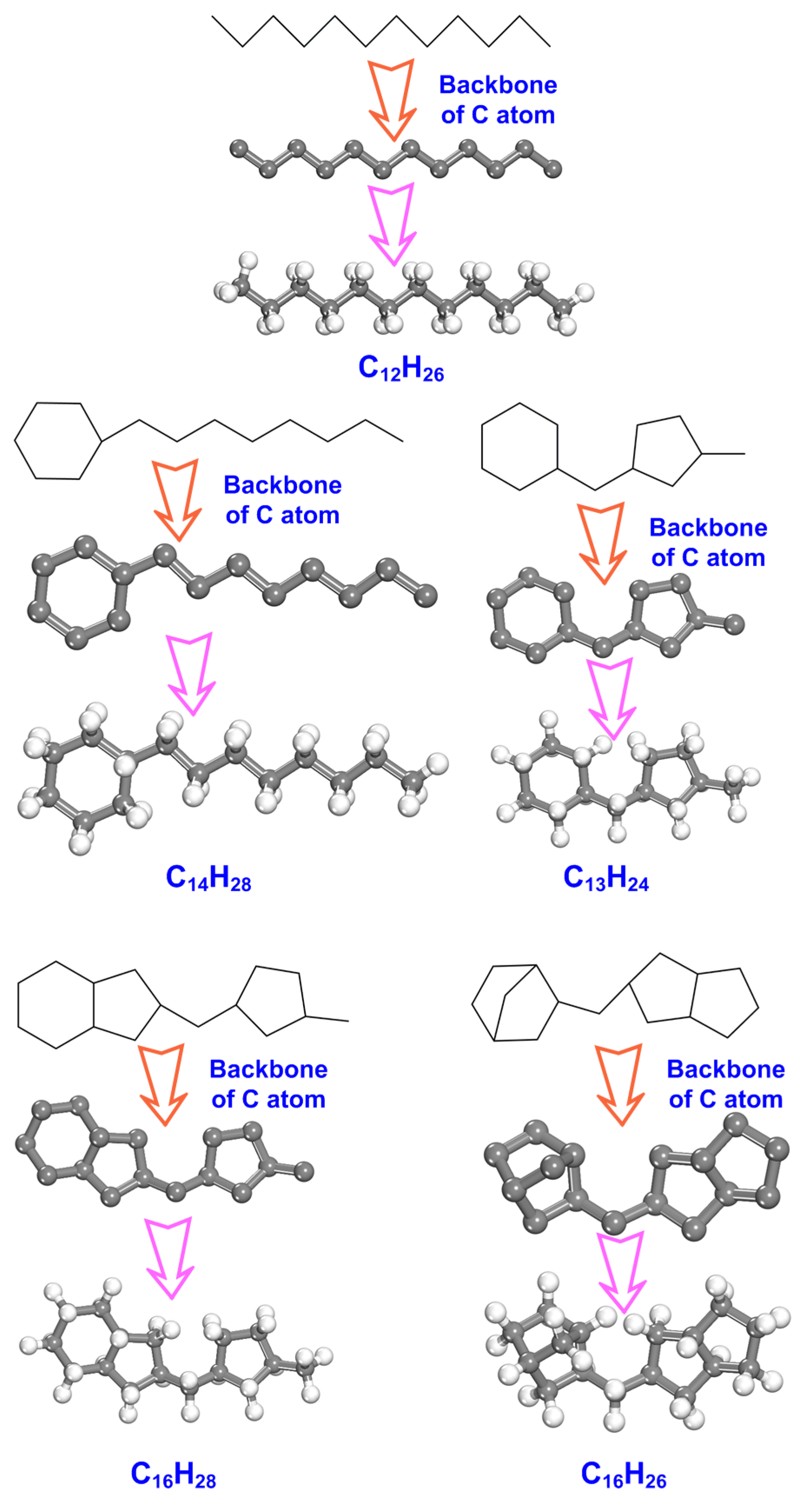
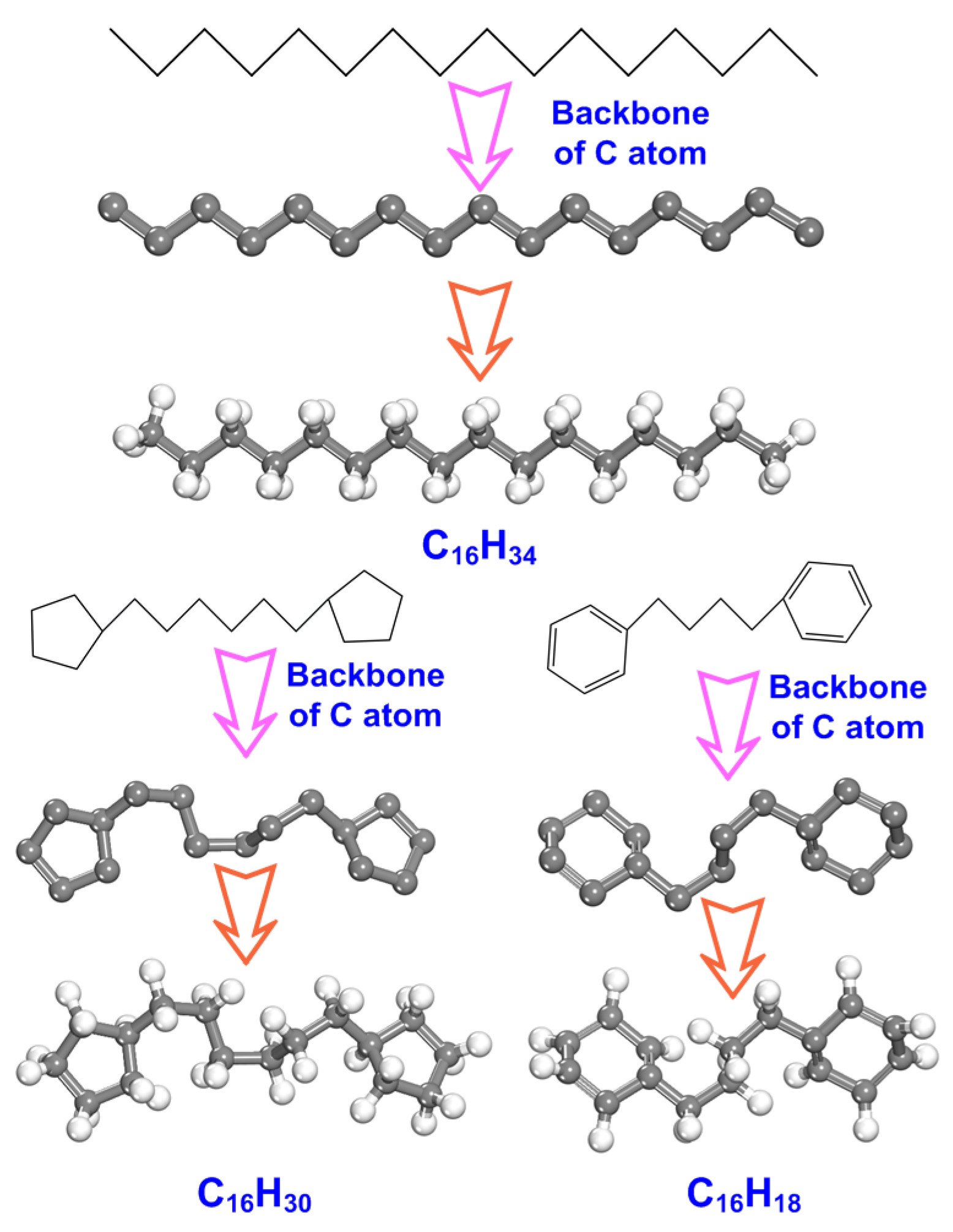

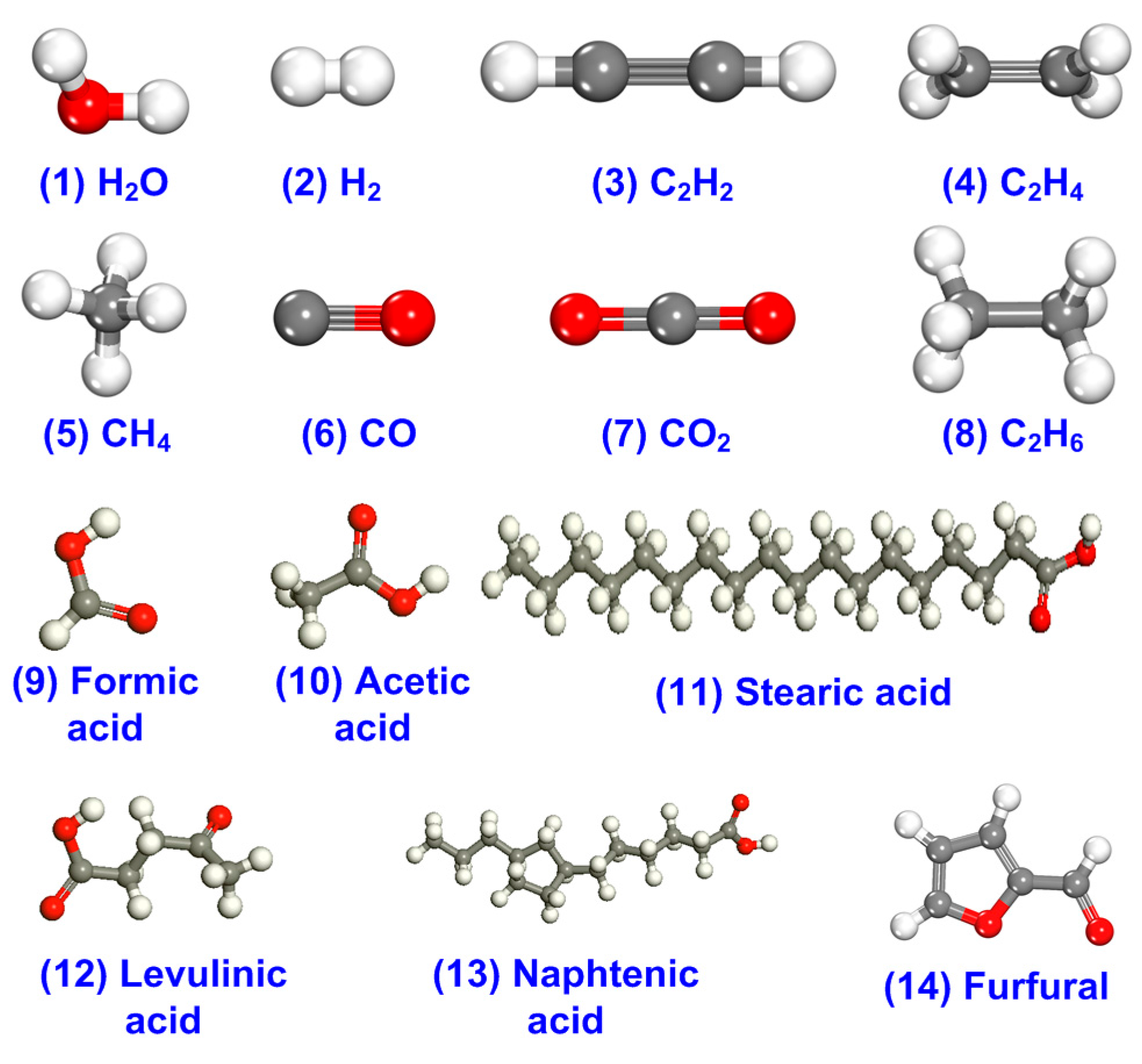
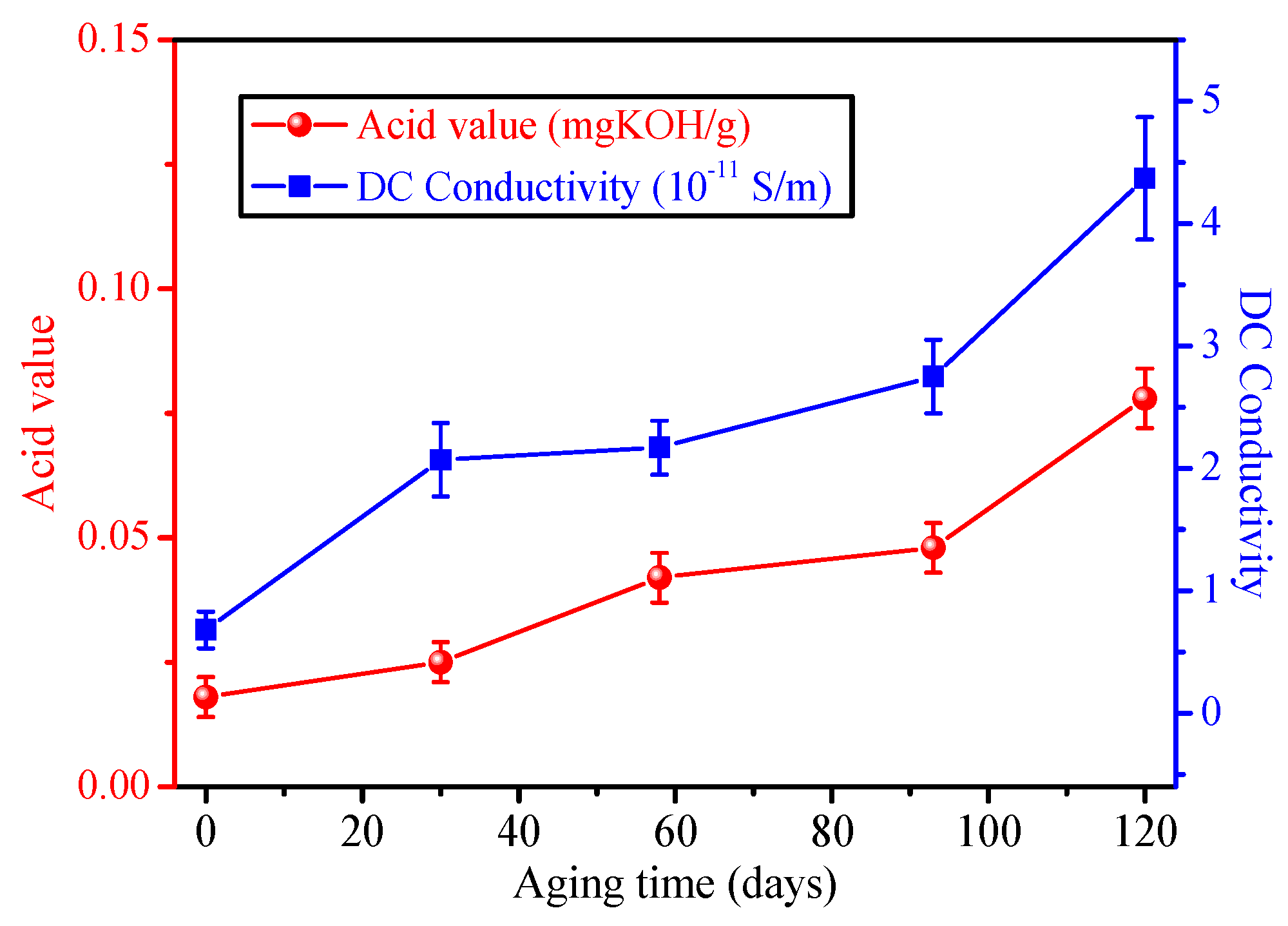
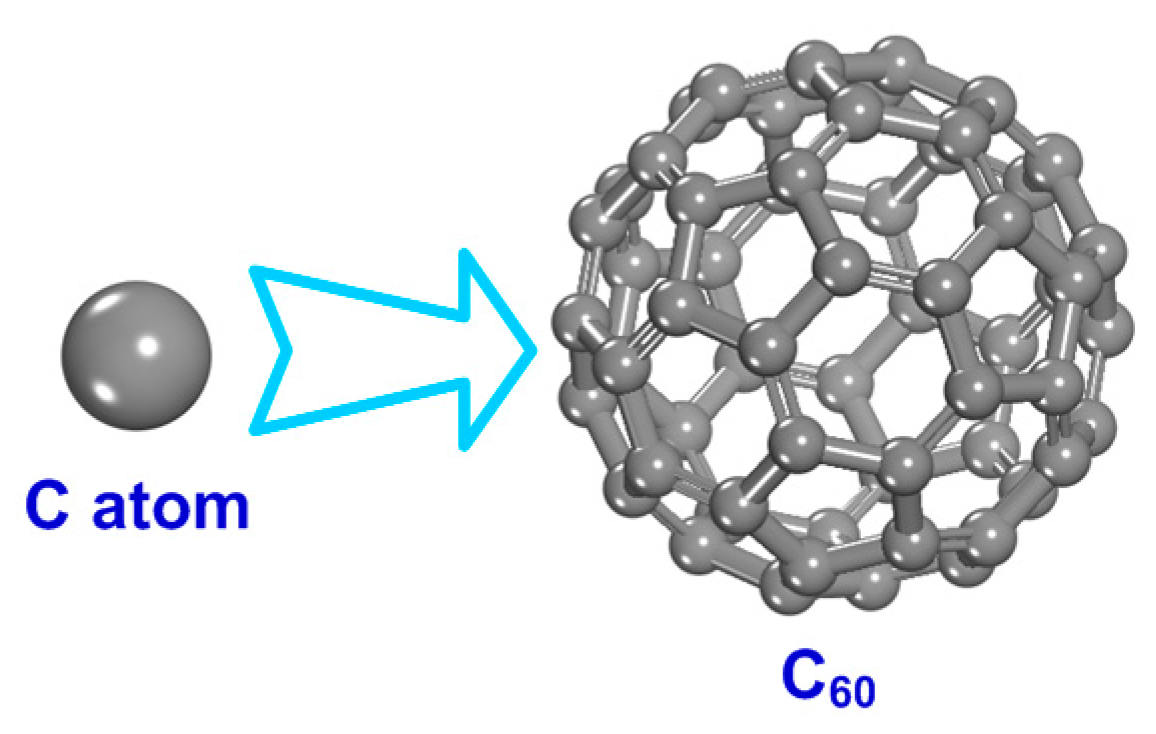
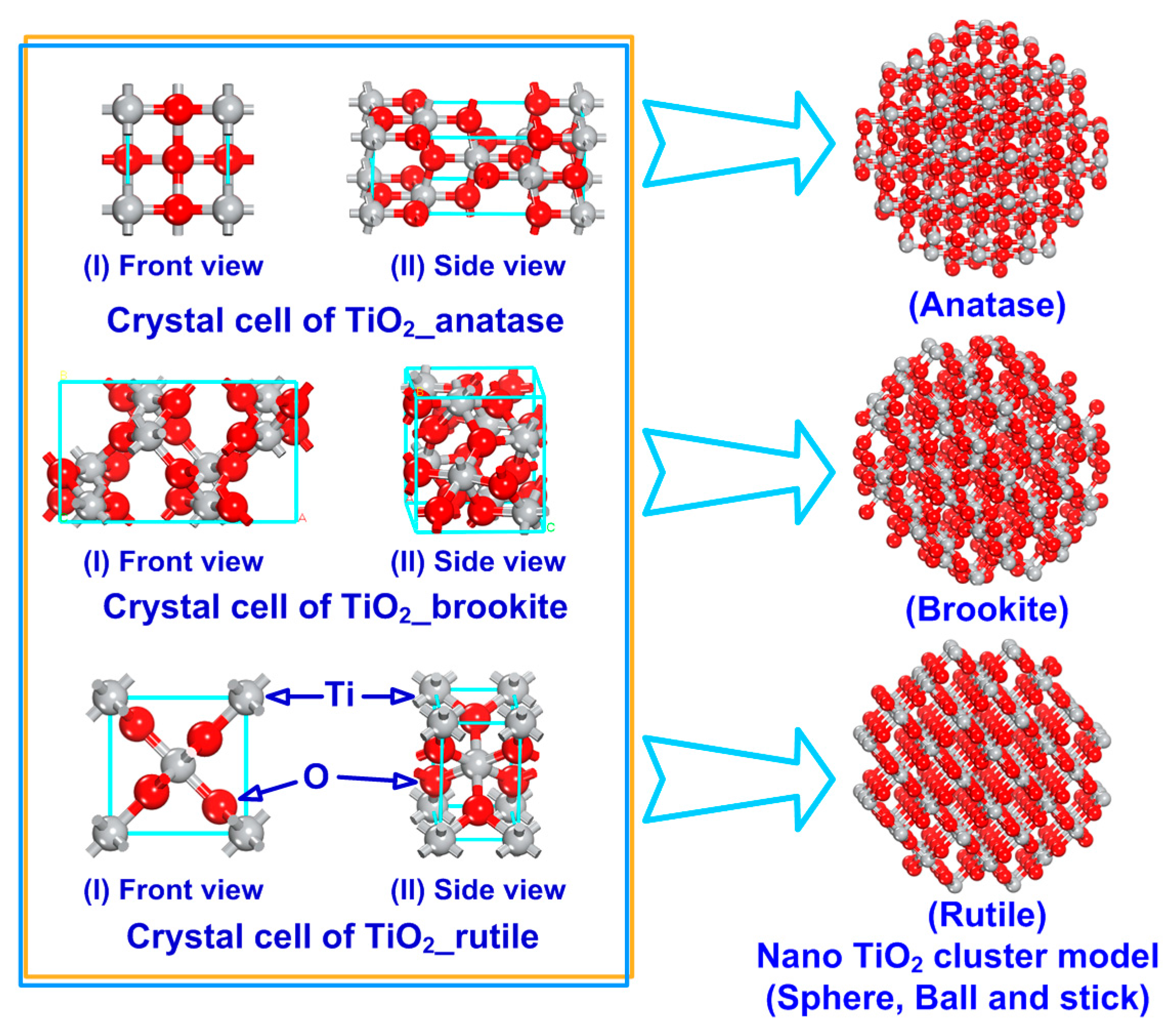
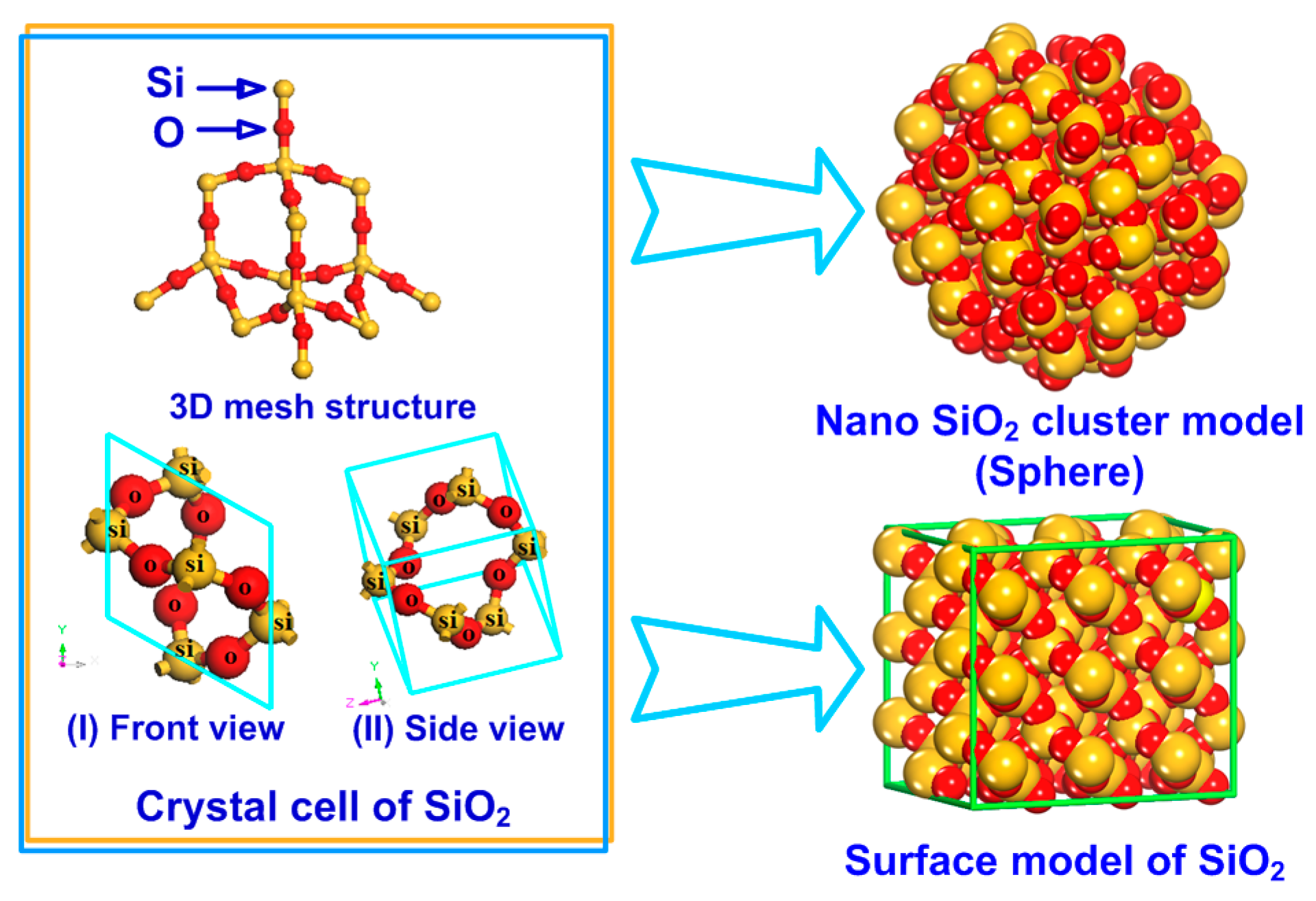
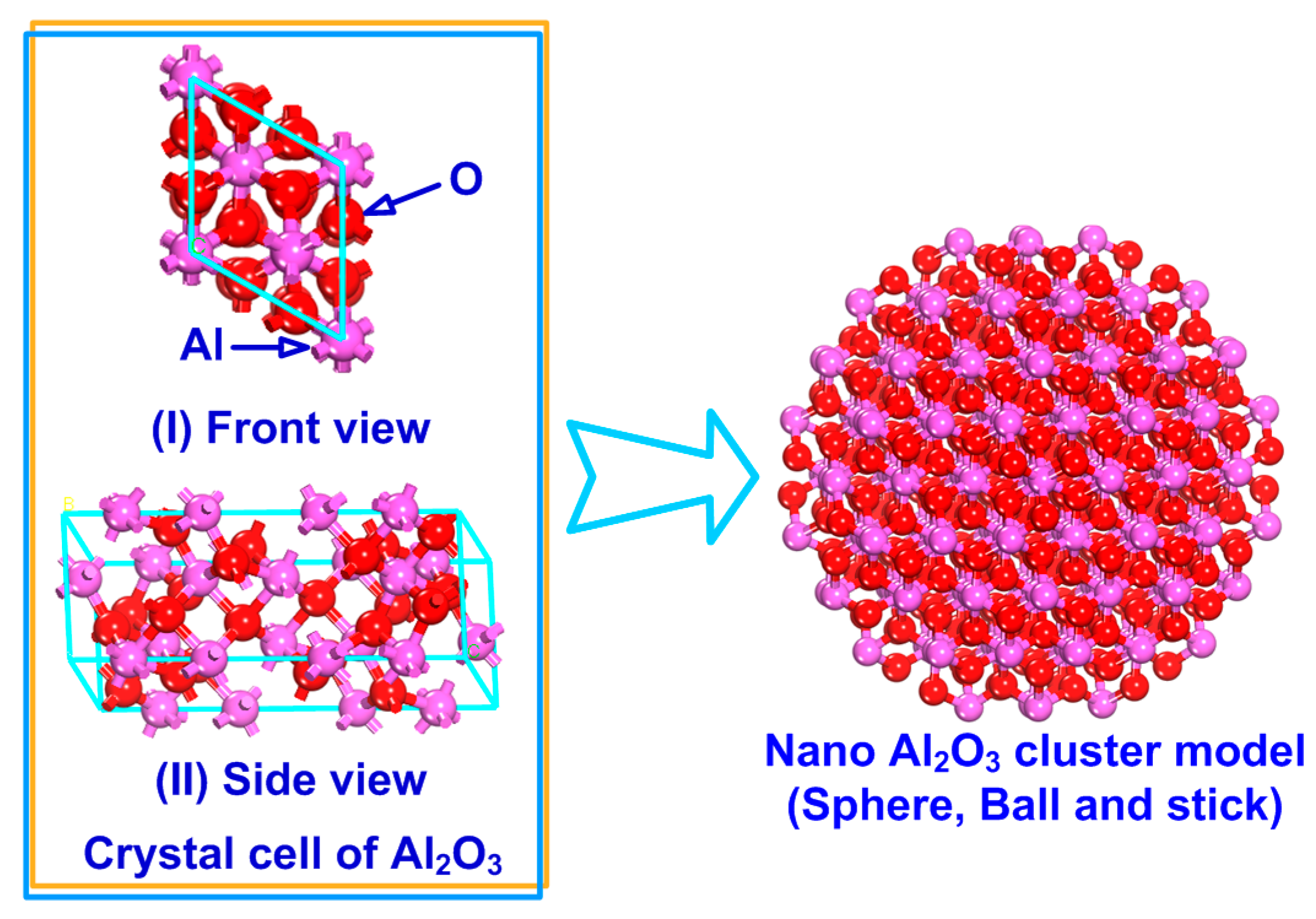
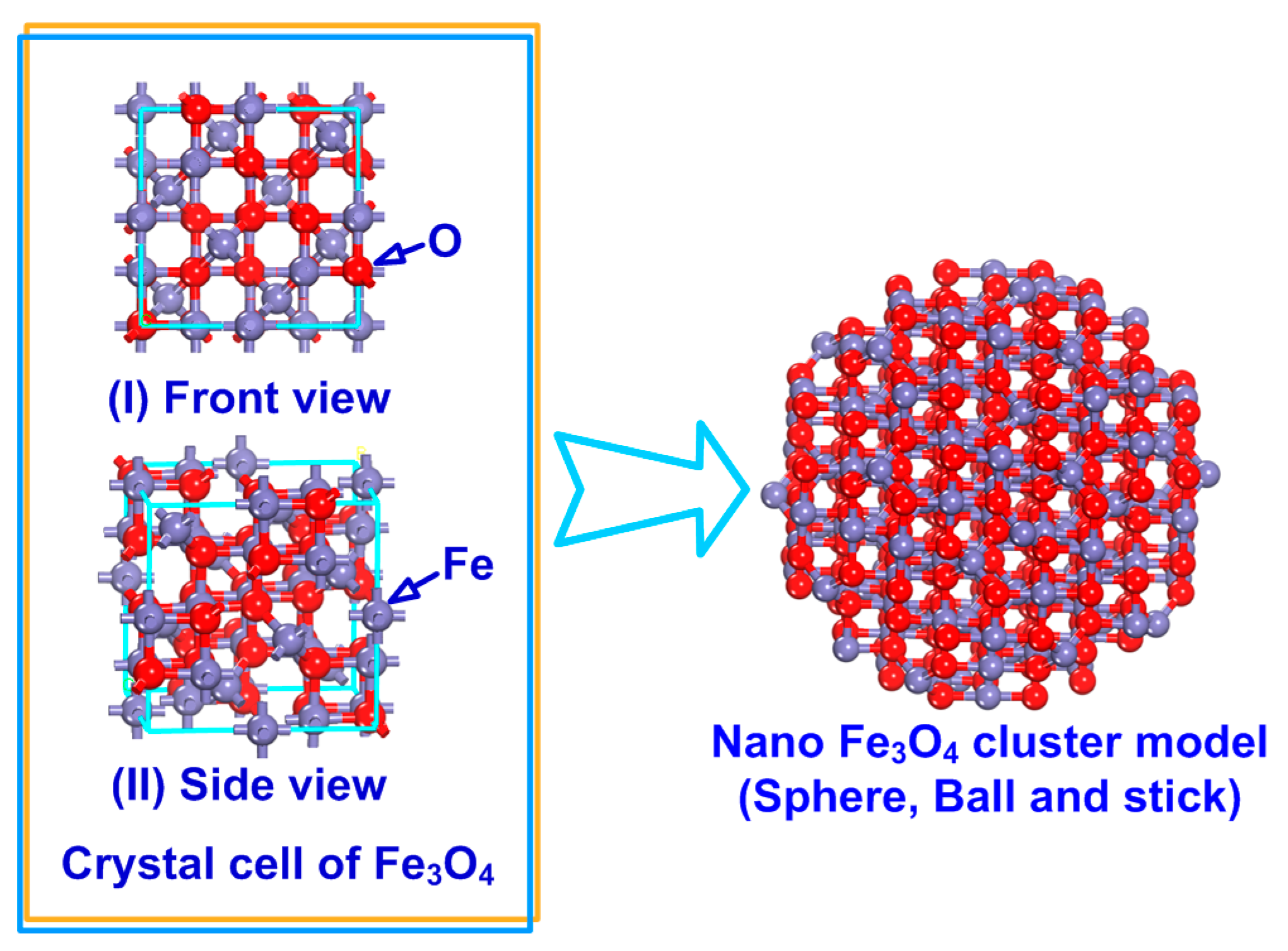

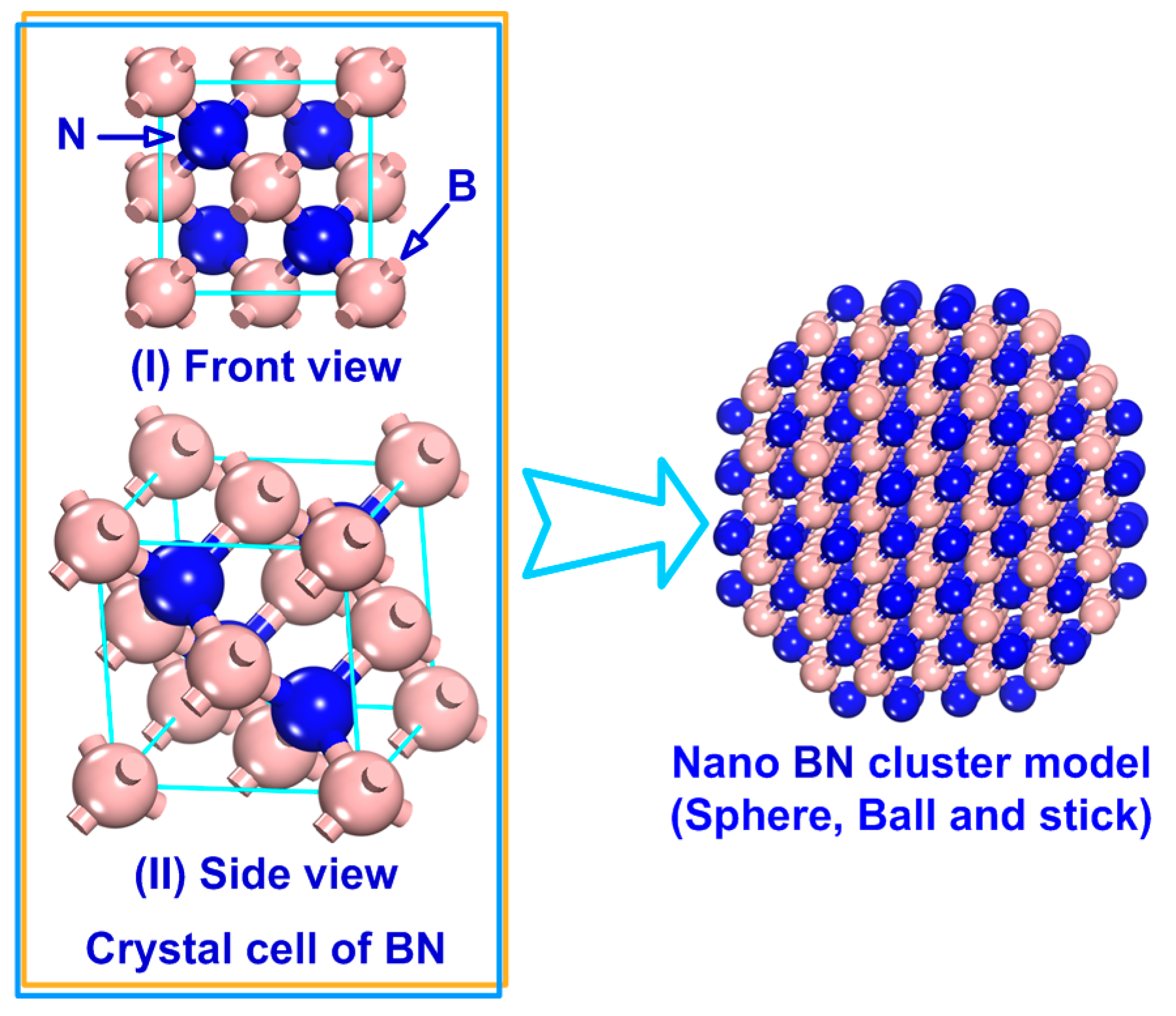
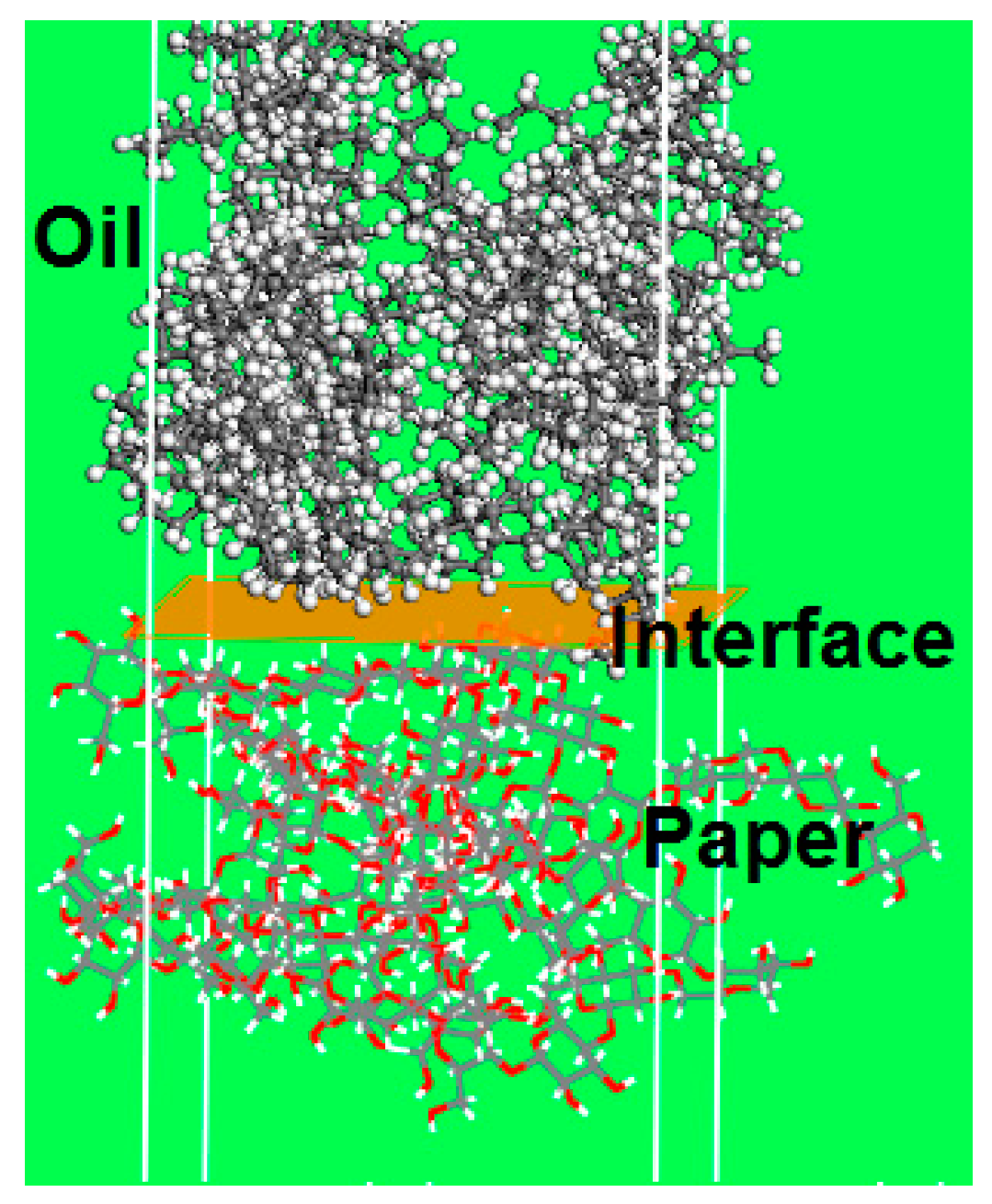
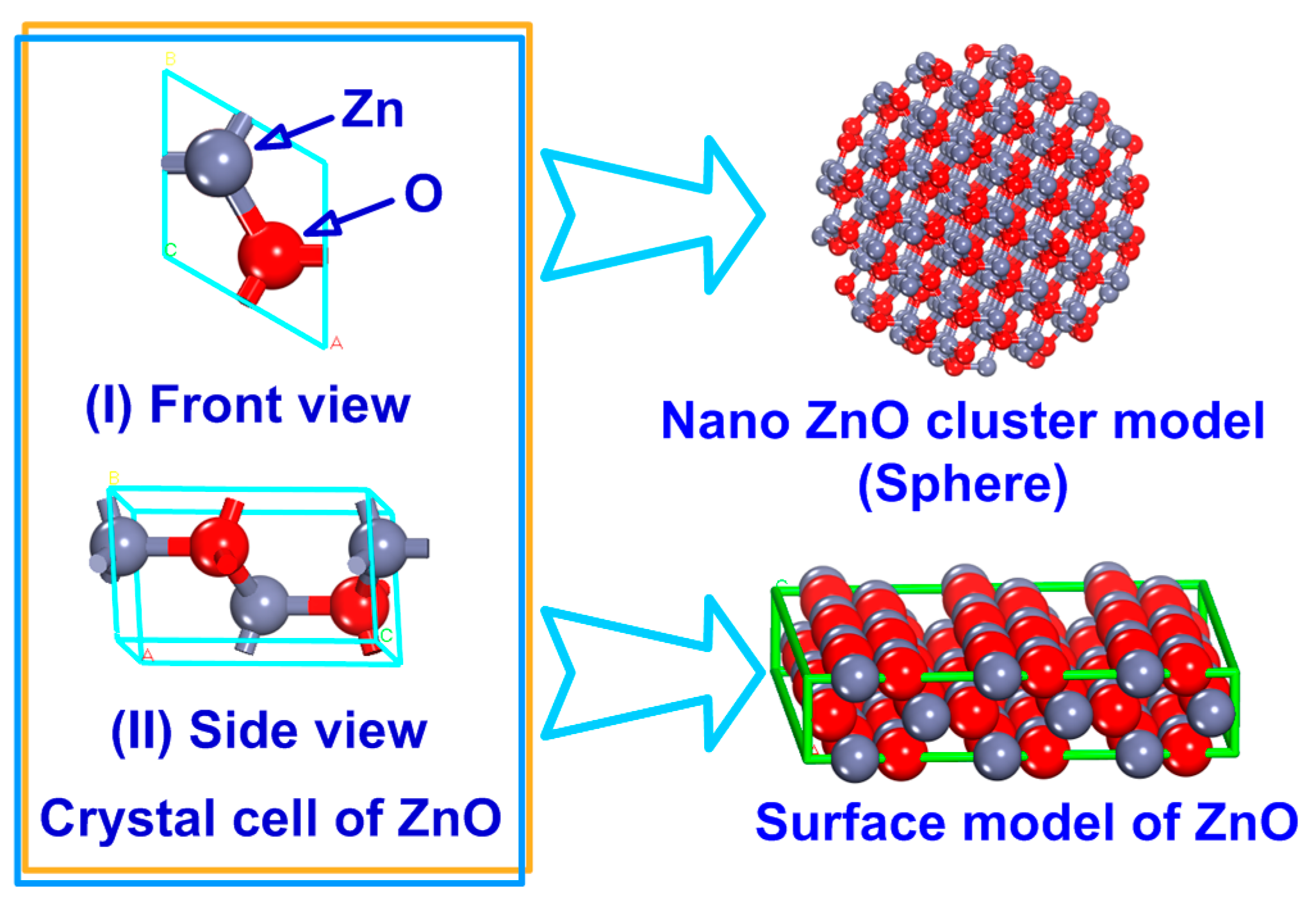
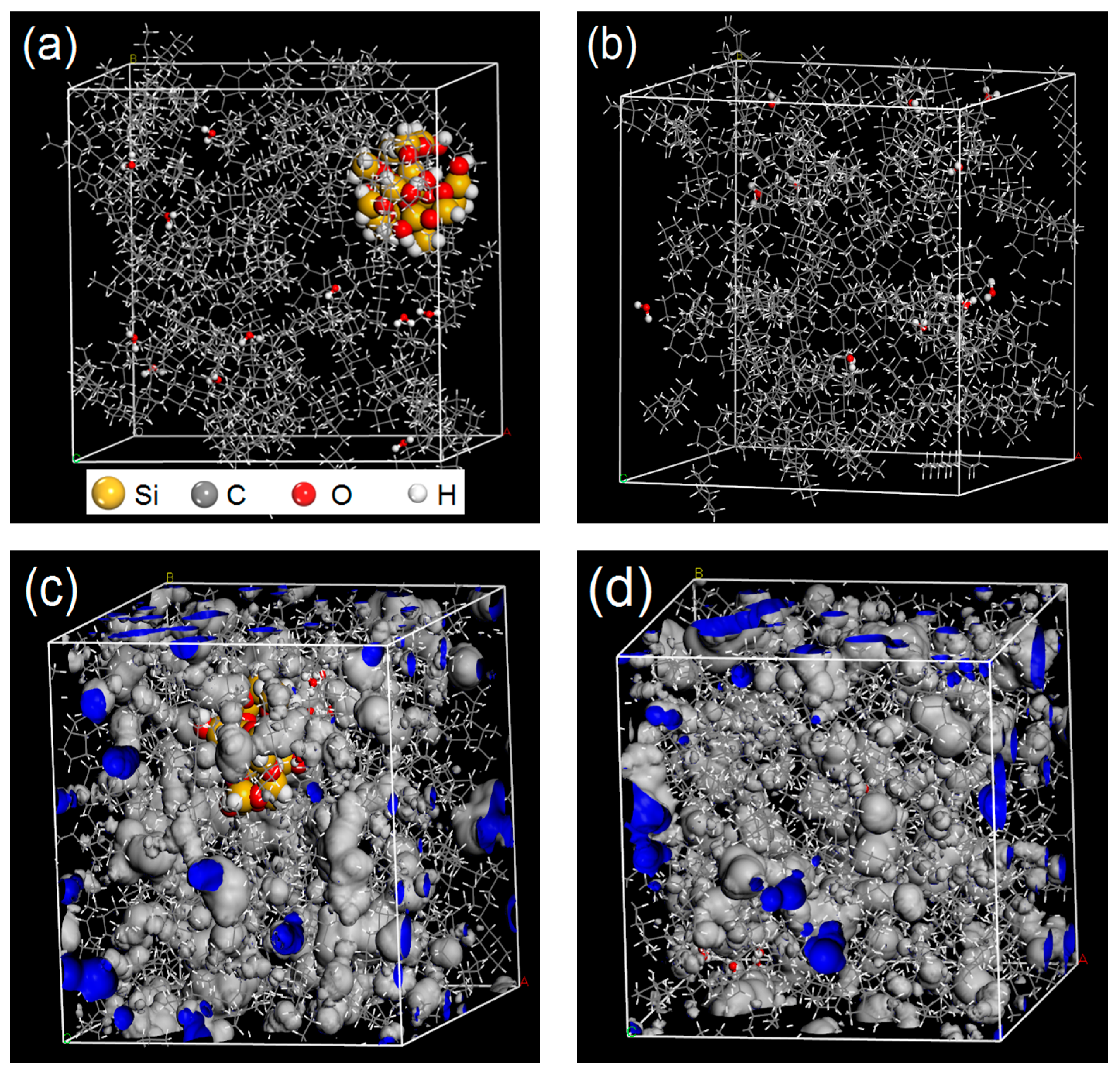
| Nanoparticles | Year, Author | Manufacture Factory, Modified Object | Measurement Standard | Optimal Nanoparticles Concentration | Breakdown Voltage (kV) |
|---|---|---|---|---|---|
| C60 | 2014, Dariusz Z, et al. [66,67] | ORLEN OIL TRAF, fresh uninhibited mineral oil | AC, IEC 60156, spherical spark gap, 2.5 mm gap | 250 mg/L | About 77 (aged at 110 °C, 0 h) |
| 150 mg/L | About 67 (aged at 110 °C, 48 h) | ||||
| 300 mg/L | About 56 (aged at 110 °C, 144 h) | ||||
| CaCu3Ti4O12 (CCTO) | 2017, Prasath RTAR, et al. [68] | Local manufacturers, mineral oil | AC, IEC 60156, spherical electrode, 2.5 mm gap | 0.01% (volume fractions) | 46.4 (unaged) |
| 0.005% (volume fractions) | 36.7 (ageing based on ASTM D1934) |
| Nano-Particles | Year, Author | Manufacture Factory, Modified Object | Measurement Standard | Optimal Nanoparticles Concentration | Breakdown Voltage (kV) |
|---|---|---|---|---|---|
| TiO2 | 2010, Du Y F, et al. [69] | Mineral oil | AC, IEC 60156,brass spherical electrodes, 2.5 mm gap | 0.01 mg/L | 57.8 |
| 2011, Du Y F, et al. [70] | Mineral oil | AC, IEC60156, brass spherical electrodes, 2.5 mm gap | 0.006 g/L | 82.48 | |
| 2011, Du Y F, et al. [72] | Filtered mineral oil | AC, IEC60156, brass spherically-capped electrodes, 2 mm gap | 0.075% (volume fractions) | 80.9 (aged at 130 °C, 6 days) | |
| 2016, Wang Q, et al. [71] | Petro China, No. 25 Kelamayi, filtered mineral oil | Impulse breakdown, IEC 60897, needle sphere electrode, 25 mm gap | 10% w/v | About 78 (Positive impulse breakdown) | |
| SiO2 | 2016, Rafiq M, et al. [73] | Petro China, No. 25 Kelamayi, filtered mineral oil | AC, IEC 60897, brass spherical electrodes, 2 mm gap | 20% (volume fractions) | About 76 |
| 2016, Jun M, et al. [74] | Petro China, No. 25 Kelamayi, mineral oil | GB/T 507—2002 | 1 wt % | 63.0 (110 °C, 0 day) | |
| 54.1 (110 °C, 14 days) | |||||
| 38.5 (110 °C, 35 days) |
| Nano-Particles | Year, Author | Manufacture Factory, Modified Object | Measurement Standard | Optimal Nanoparticles Concentration | Breakdown Voltage (kV) |
|---|---|---|---|---|---|
| Al2O3 | 2016, Katiyar A, et al. [75] | Mineral oil | AC, ASTM D-877, hemispherical electrodes, 5 mm gap | 0.25 wt % (r = 23 nm) | About 68 |
| 2016, Wang Q, et al. [71] | Petro China, No. 25 Kelamayi, filtered mineral oil | Impulse breakdown, IEC 60897, needle sphere electrode, 25 mm gap | 20% w/v | About 85 (Positive impulse breakdown) | |
| 2017, Qing Y, et al. [76] | Petro China, No. 25 Kelamayi, filtered oil | Impulse breakdown, brass electrodes, 1 mm gap | 20 mg/L | About 40 (Impulse breakdown) | |
| Fe3O4 | 2012, Zhou J Q, et al. [77] | Petro China, No. 25 Karamay, filtered mineral oil | AC, IEC 60156, brass spherical electrodes, 2.5 mm gap | 1% | 83.2 |
| 2016, Wang Q, et al. [71] | Petro China, No. 25 Kelamayi, filtered mineral oil | Impulse breakdown, IEC 60897, needle sphere electrode, 25 mm gap | 10% w/v | About 82 (Positive impulse breakdown) | |
| 2016, Peppas G D, et al. [78] | Public Power Corporation of Greece, Shell Diala S2 ZU-I Filtered mineral oil | AC, IEC 60156, brass steel Rogowski electrodes, 2.5 mm gap | 0.008% | About 77.7 |
| Oils | Resistivity (Ω·m) | tan δ | Relative Permittivity (εr) |
|---|---|---|---|
| Pure oil | 1.41 × 1012 | 0.008 | 2.19 |
| Fe3O4 nanofluids | 2.05 × 1010 | 0.360 | 2.35 |
| TiO2 nanofluids | 2.53 × 1010 | 0.488 | 2.90 |
| Al2O3 nanofluids | 2.56 × 1011 | 0.046 | 2.27 |
| Parameter | H2 | CH4 | C2H4 | C2H2 | C2H6 | CO | CO2 |
|---|---|---|---|---|---|---|---|
| a | 10.886 | 1.3875 | 2.7873 | 2.2322 | 2.0577 | 3.4631 | 1.6641 |
| R2 | 0.9898 | 0.9640 | 0.9976 | 0.9848 | 0.9933 | 0.9729 | 0.9822 |
| D | 1.8143 | 0.4645 | 0.2773 | 0.3720 | 0.2313 | 0.5772 | 0.3429 |
| Parameter | H2 | CH4 | C2H4 | C2H2 | C2H6 | CO | CO2 |
|---|---|---|---|---|---|---|---|
| a | 0.3491 | 0.1893 | 0.0523 | 0.1297 | 0.1618 | 0.3158 | 0.2655 |
| R2 | 0.8682 | 0.9230 | 0.5049 | 0.7766 | 0.8976 | 0.8628 | 0.9601 |
| D | 0.0582 | 0.0316 | 0.0087 | 0.0216 | 0.0270 | 0.0526 | 0.0443 |
© 2018 by the authors. Licensee MDPI, Basel, Switzerland. This article is an open access article distributed under the terms and conditions of the Creative Commons Attribution (CC BY) license (http://creativecommons.org/licenses/by/4.0/).
Share and Cite
Wang, X.; Tang, C.; Huang, B.; Hao, J.; Chen, G. Review of Research Progress on the Electrical Properties and Modification of Mineral Insulating Oils Used in Power Transformers. Energies 2018, 11, 487. https://doi.org/10.3390/en11030487
Wang X, Tang C, Huang B, Hao J, Chen G. Review of Research Progress on the Electrical Properties and Modification of Mineral Insulating Oils Used in Power Transformers. Energies. 2018; 11(3):487. https://doi.org/10.3390/en11030487
Chicago/Turabian StyleWang, Xiaobo, Chao Tang, Bo Huang, Jian Hao, and George Chen. 2018. "Review of Research Progress on the Electrical Properties and Modification of Mineral Insulating Oils Used in Power Transformers" Energies 11, no. 3: 487. https://doi.org/10.3390/en11030487
APA StyleWang, X., Tang, C., Huang, B., Hao, J., & Chen, G. (2018). Review of Research Progress on the Electrical Properties and Modification of Mineral Insulating Oils Used in Power Transformers. Energies, 11(3), 487. https://doi.org/10.3390/en11030487





